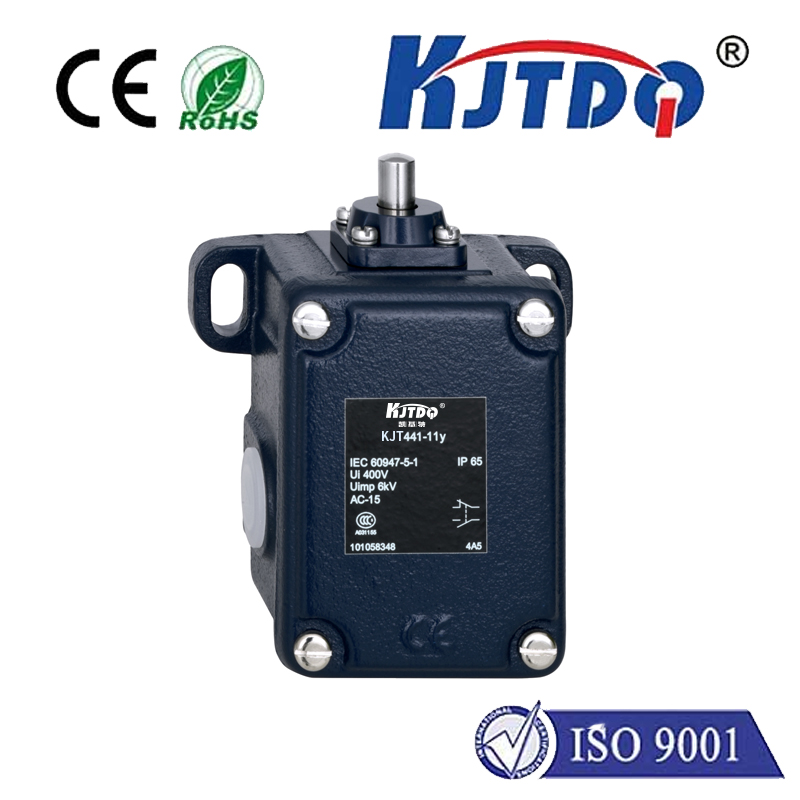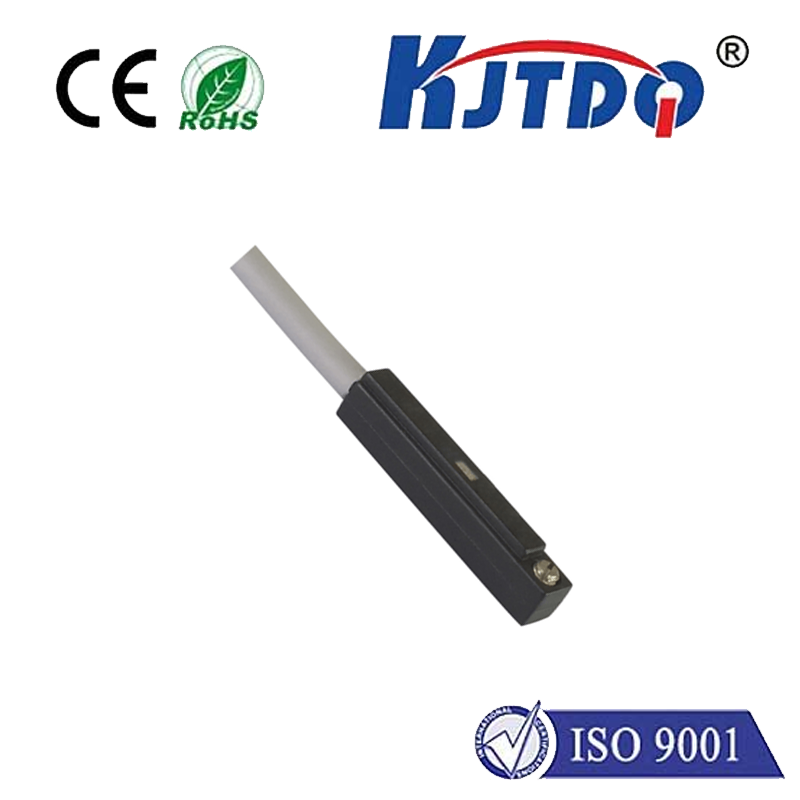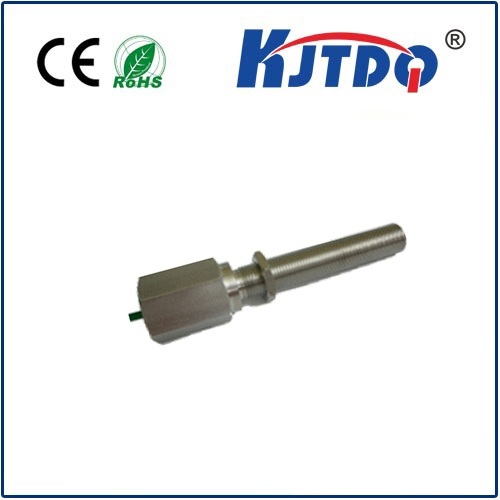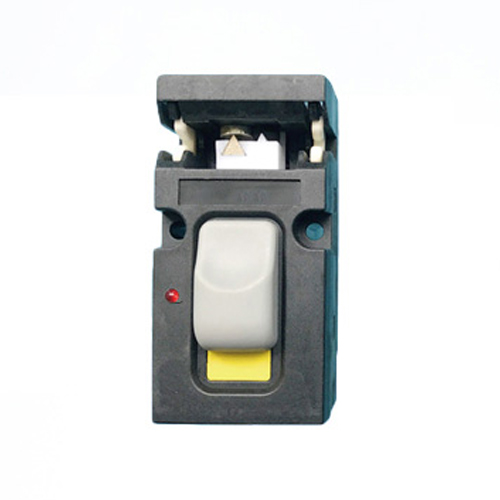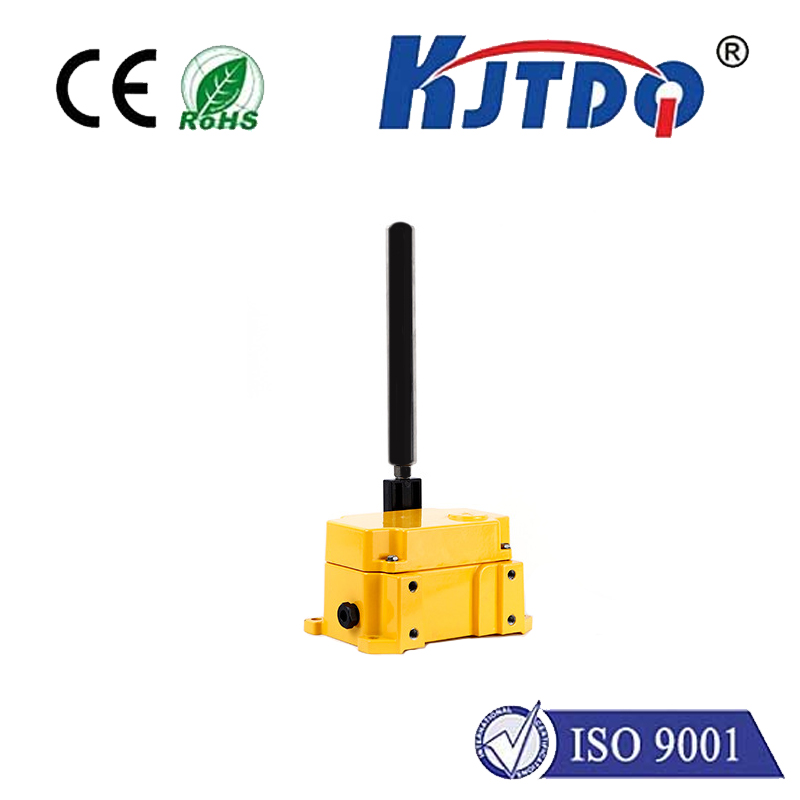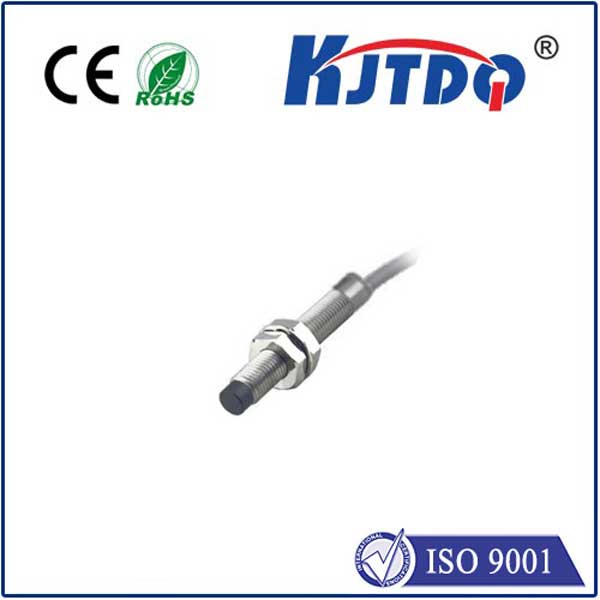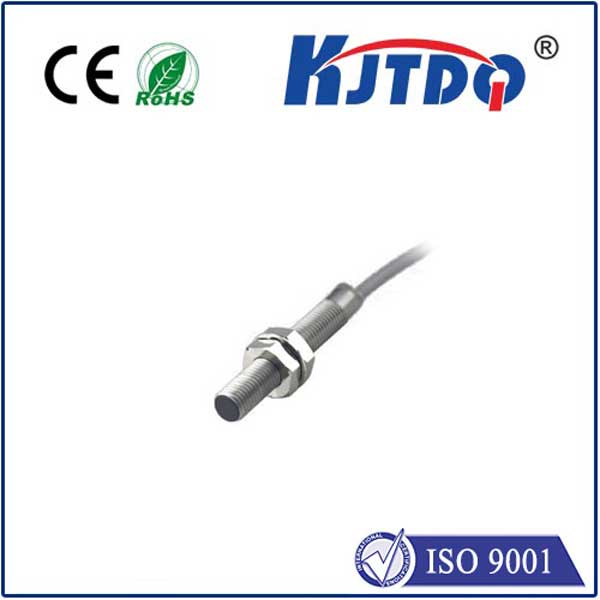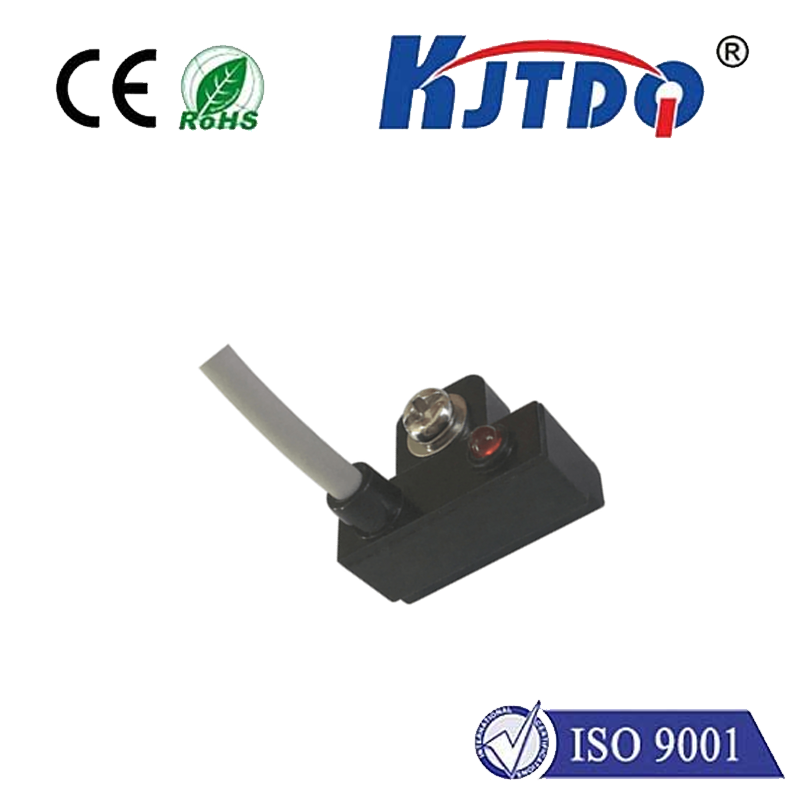temperature transducer
- time:2025-08-20 01:21:31
- Нажмите:0
The Unsung Sentinel: Unlocking the Power of Temperature Transducers
We glance at a digital thermometer for the weather, check the oven readout while cooking, and rely on the car’s gauge to avoid overheating. Temperature measurement is ubiquitous, silently woven into the fabric of modern life and industry. But behind these simple readings lies a world of sophisticated engineering, particularly when precision, reliability, and integration into complex systems are paramount. This is the domain of the temperature transducer, the critical workhorse transforming thermal energy into actionable data. Understanding these devices is key to optimizing processes, ensuring safety, and driving innovation across countless fields, from your morning coffee to rocket launches.
Beyond the Simple Reading: Defining the Temperature Transducer
At its core, a temperature transducer (sometimes called a temperature transmitter) is a device that converts a physical temperature measurement into an electrical signal suitable for transmission, processing, or control. It’s crucial to distinguish it from a simple temperature sensor (like a thermocouple or RTD element alone). While the sensor detects the temperature change, the transducer conditions and converts that raw signal.
Think of it like this:
- Sensor Element: The frontline soldier physically interacting with the heat source (e.g., the thermocouple junction, RTD wire, thermistor bead). It experiences a physical change (change in resistance, voltage generation).
- Transducer Circuitry: The intelligent processor. It takes the sensor’s often weak, non-linear, or susceptible signal, amplifies it, linearizes it, compensates for errors (like cold junction compensation for thermocouples), and converts it into a robust, standardized output signal. This transformation is the transducer’s defining role.
Why This Matters: The Value of Signal Conditioning

Raw sensor outputs are rarely ideal for direct use in modern control systems. The primary functions of the temperature transducer include:
- Amplification: Boosting microvolt-level thermocouple signals to usable levels (e.g., millivolts or volts).
- Linearization: Converting the inherently non-linear response of many sensors (especially thermocouples and thermistors) into a linear electrical signal proportional to temperature, simplifying interpretation and scaling.
- Noise Immunity: Converting the signal into a format less susceptible to electrical noise during transmission, especially over long cable runs. Common robust outputs include 4-20mA current loops and digital protocols like HART, Foundation Fieldbus, or Modbus.
- Standardization: Providing consistent, industry-standard output signals (like 4-20mA, 0-10V, or digital formats) regardless of the sensor type, making integration with PLCs (Programmable Logic Controllers), DCS (Distributed Control Systems), SCADA (Supervisory Control and Data Acquisition), and data loggers seamless.
- Cold Junction Compensation (CJC): Essential for thermocouples, electronically compensating for the temperature where the thermocouple wires connect to the measuring instrument, ensuring accurate readings.
The Toolbox: Common Temperature Sensing Technologies & Their Transducers
Different applications demand different sensing principles. Here are the most prevalent technologies and how transducers interface with them:
- Resistance Temperature Detectors (RTDs): These rely on the predictable increase in electrical resistance of pure metals (like platinum, nickel, or copper) with rising temperature (Positive Temperature Coefficient - PTC). Platinum RTDs (Pt100, Pt1000) are the gold standard for high accuracy and stability. An RTD transducer typically provides a constant excitation current to the RTD element, precisely measures the voltage drop across it (proportional to resistance/temperature), performs linearization based on the Callendar-Van Dusen equations, and outputs a standardized signal. They often include lead wire resistance compensation (3-wire or 4-wire configurations).
- Thermocouples (TCs): These generate a small voltage (EMF - electromotive force) proportional to the temperature difference between two junctions of dissimilar metals (Seebeck effect). They are rugged, cover wide ranges, and are relatively inexpensive. А.thermocouple transducer is critical. It must amplify the microvolt-level signal, provide highly accurate Cold Junction Compensation (CJC) at the connection terminals, linearize the often complex voltage-to-temperature curve specific to the thermocouple type (J, K, T, etc.), and output a strong signal. Robust electrical isolation is also frequently incorporated to prevent ground loops.
- Thermistors: These semiconductors exhibit a large, predictable change in resistance with temperature. Negative Temperature Coefficient (NTC) types are common for precise measurements over limited ranges. They offer high sensitivity but are non-linear. А.thermistor transducer applies excitation, measures resistance, and performs significant linearization (often using lookup tables or complex polynomials) to convert the highly non-linear response into a usable linear output.
- IC (Integrated Circuit) Sensors: These digital or analog chips incorporate the sensing element and often basic signal conditioning (amplification, ADC) on a single silicon die (e.g., LM35 analog output, DS18B20 digital output). While sometimes used standalone for simpler tasks, IC sensors can also interface with more sophisticated transducers/transmitters for signal standardization, isolation, and integration into larger industrial networks, especially where their limited temperature range or ruggedness is a concern.
Selecting the Right Sentinel: Key Considerations
Choosing the optimal temperature transducer involves weighing several critical factors, intrinsically linked to the sensor and application:
- Temperature Range & Environment: What are the min/max temperatures? Is the environment corrosive, wet, vibrating, explosive (requiring intrinsically safe certification)? This dictates sensor choice and transducer enclosure rating (e.g., NEMA 4X, IP67).
- Required Accuracy & Stability: How precise must the measurement be? How much drift is acceptable over time? RTDs generally offer superior long-term stability compared to thermocouples.
- Response Time: How quickly must the transducer react to temperature changes? Thermocouples and exposed tip thermistors typically offer the fastest response.
- Output Signal: What does the receiving system require? (4-20mA is the industrial workhorse; 0-10V is common; digital protocols offer more data and diagnostics). Ensuring compatibility with existing control systems is paramount.
- Sensor Compatibility: Matching the transducer precisely to the sensor type (e.g., Pt100 RTD, Type K Thermocouple) and configuration (2-wire, 3-wire, 4-wire).
- Power Supply: What voltage/power source is available? Loop-powered (2-wire) 4-20mA transducers are popular as they draw power from the signal loop itself.
- Additional Features: Is electrical isolation needed? Are diagnostics (HART) valuable? Programmable ranges? Intrinsically safe certification?
The Vital Pulse: Where Temperature Transducers Operate
The applications are vast, underpinning efficiency, safety, and quality:
- Process Industries: Continuous monitoring and control in chemical plants, oil refineries, pharmaceuticals (reactor temp, distillation columns, pipelines). Precision control hinges on reliable transducer signals.
- HVAC & Building Management: Optimizing climate control for comfort and energy efficiency in large buildings and data centers.
- Power Generation: Monitoring turbine bearings, coolant temperatures, and emissions control systems.
- Food & Beverage: Ensuring strict temperature control during pasteurization, cooking, sterilization, and storage to guarantee safety and quality.
- Automotive & Aerospace: Engine management, exhaust gas monitoring, cabin climate control, critical component monitoring.
- Research & Development: Providing accurate, stable temperature data in laboratory experiments and prototype testing.
- Производство: Controlling plastic molding temperatures, metal heat treating processes, semiconductor fabrication.
Evolving Intelligence: Smart Transducers and Future Trends
The landscape of temperature measurement is constantly advancing. Smart transmitters incorporating digital communication protocols like HART, WirelessHART, or Foundation Fieldbus are becoming standard. These devices offer far more than just a temperature value:


